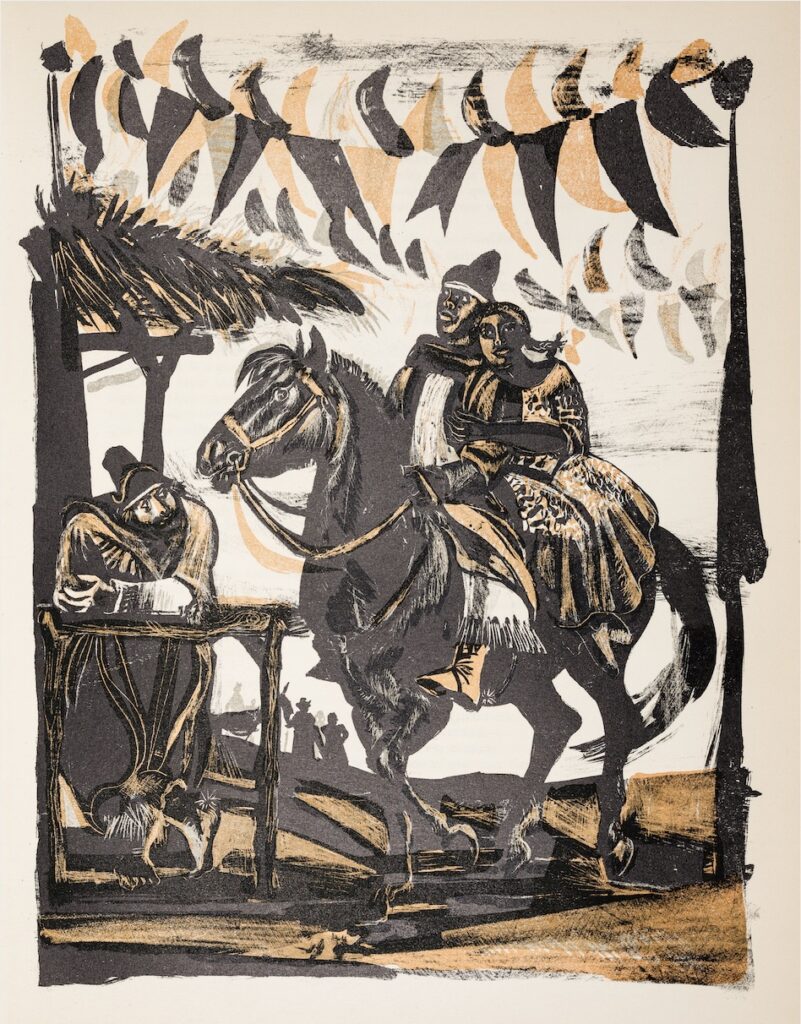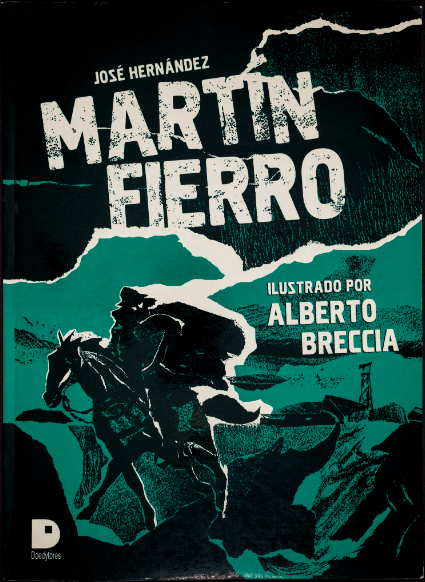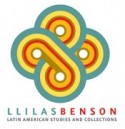
IT HAS BEEN 150 YEARS since the publication of Argentina’s renowned epic poem, El gaucho Martín Fierro, by José Hernández. In spring 2022, graduate research assistants Melissa Aslo de la Torre and Janette Núñez organized an exhibition in honor of the poem’s sesquicentennial in the Rare Books Reading Room of the Benson Latin American Collection.

At the time of the poem’s publication, Argentina’s gauchos, the nomadic horsemen and cowherds that roamed the Pampas of central Argentina, were a maligned and disappearing group. Private ranches increasingly took over the vast, flat grasslands they inhabited. The national government used military conscription to support frontier warfare with native peoples. Meanwhile, Argentina saw growth in its urban population fueled by European immigration.

Hernández’s entry to the canon of gauchesca poetry sought to capture the essence of the gaucho through the voice of its titular character. A humble, noble figure, Fierro valued freedom and was not naturally drawn to conflict. The poem reframed perceptions of gaucho barbarism and lawlessness in the context of governmental and societal mistreatment and brutalization.

Although Hernández wrote for an urban audience, Martín Fierro became popular in rural areas. The poem’s initial printings quickly sold out. Within a few short years, the story of Martín Fierro gained widespread popularity and took on mythic importance as it was read and performed throughout the countryside.
It was not until the early twentieth century that the literary elite of Buenos Aires reevaluated and recognized Hernández’s epic. Decades after the writer’s death, the Argentine cultural elite elevated the gaucho from a marginal figure to a national icon. Over time, Martín Fierro’s popularity bridged all social classes. El gaucho Martín Fierro and its sequel, La vuelta de Martín Fierro (1879), have been published in hundreds of editions and over 70 languages.
The Benson exhibit examines Martín Fierro’s contribution to the immortalization of the gaucho as a symbol of national identity, and draws from the over 380 items in the collection relating to Martín Fierro, highlighting its language and style, subjects, translated editions, and enduring legacy.
Text by Melissa Aslo de la Torre and Janette Núñez.


